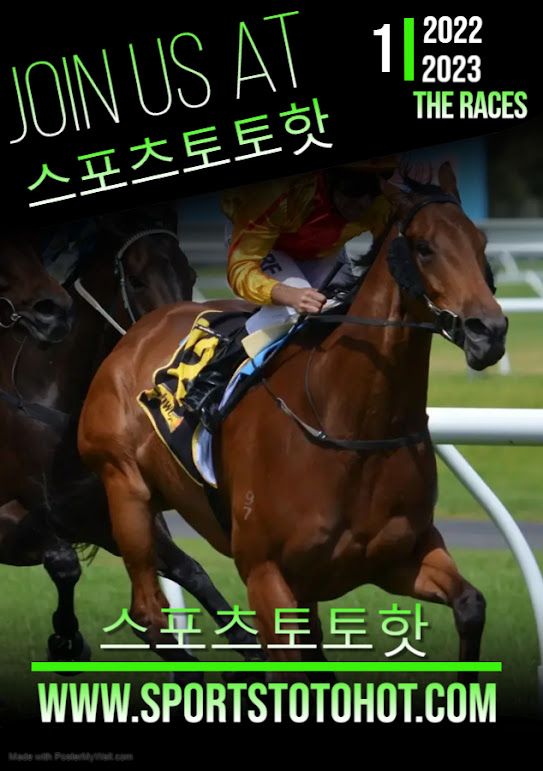Korea Horse Racing
In Korea, it goes back to May 1898 when the government-run foreign language institute
included donkey racing in the sports event. However, this kind of race was sponsored just
for entertainment purposes.
There was no betting. It was in the 1920s that 'modern' horseracing, including a betting system, first appeared. In 1922, the Joseon Horse Racing Club,the first official horse racing club in Korea, was established to make horse racing more systematic and organized. In 1923, Paris and the mutual betting system were officially adopted for the first time in Korea. The Sinseol-dong racetrack was opened in 1928, and the Gyeongju club corporation was also allowed to have its own racetrack.
Finally, in 1933, a Japanese law on horse racing was promulgated. According to the decree,
only integrated racing clubs were allowed to carry out horse racing. The Joseon Racing
Association was also established in 1933 to ensure consistency in operation by organizing
Gyeongju clubs across the country. A racetrack named after Hyalia, a Florida racetrack,
was built in Busan by a Japanese. The site was later used as Camp Hialea, a U.S. military
base, but maintained the oval shape of Gyeongju Road. It was then returned to Korea.
In 1945, the Joseon Horse Racing Association was renamed the Korean Horse Racing
Association, and it worked hard to restore its national identity in horse racing. However, the
Korean War, which broke out in 1950, caused great confusion in Korean society and thus
undermined the development of horse racing. To make matters worse, during the three-year
war, horse racing courses were requisitioned for military training and horse racing was
abruptly suspended.
In order to maintain the racing tradition, the Korea Racing Authority has planned to
re-establish a racetrack on Ttukseom Island in Seoul. The construction, which began during
the war, was completed in May 1954. With that dedication, horse racing resumed, and the
newly built Ttukseom Racecourse served as a hub for Korean horse racing until it was
relocated to Gwacheon Hyundai Racecourse in 1989.
Paris and mutual bets were counted manually until 1984. The inefficient management of
Paris and the mutual betting system was a major obstacle to expanding the fan base. To
overcome these fundamental obstacles, a computerized parallel betting system was
established in 1984, while horse racing was broadcast on color television both inside and
outside the course. These two measures played a crucial role in increasing attendance and
turnover. For example, turnover and attendance rates increased by 67% and 58%
respectively in 1984. In order to make the most of the Olympic facilities, the government has designated the KRA as a dedicated organization to provide Olympic equestrian parks. As a result, the KRA secured 280 acres (1.1 km2) of land in Gwacheon, south of Seoul, and began construction
from 1984 to 1988. After the Olympics, the park was converted into a racing facility named
Seoul Gyeongju Park, and the first race was held on September 1, 1989. With the opening
of the Seoul Race Park, the 36-year era of Ttukseom Racecourse ended and the
nationwide racecourse continued to make strides.
As part of efforts to preserve Jeju Island's native ponies, designated as Natural Monument
No. 347, the KRA began construction of a 180-acre (0.7km2) Jeju racetrack at the foot of
Hallasan Mountain in October 1987. Three years later, in October 1990, a racecourse
opened for pony racing.
In an effort to improve horse racing quality and promote horse racing nationwide, the KRA
has begun building a new Serubred Racecourse in Busan, the second largest city in Korea.
The racecourse opened in September 2005 . 스포츠토토 The growth of Korean racing and KRA's efforts to internationalize have attracted international attention since the early 2000s. Accordingly,
in October 2002, the Asian Racing Federation decided to designate Korea as the host
country of the 30th Asian Racing Championship in May 2005. Also, in June 2004, the
International Committee on Catalogue Standards included Korea as one of the three
countries and decided to add seven Korean-class races to the blue book list starting in
2005.



Comments
Post a Comment